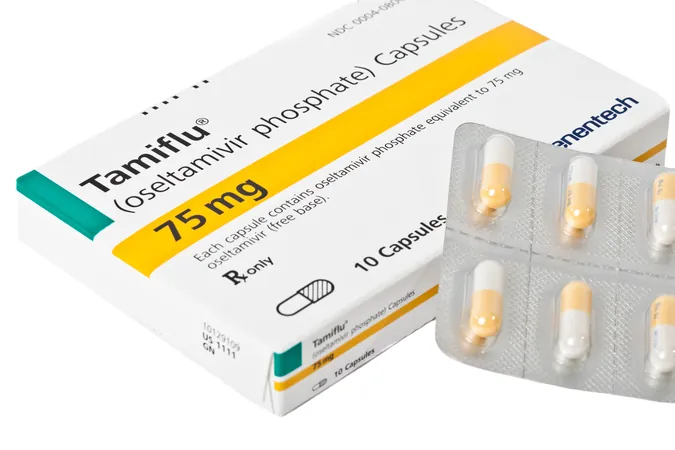
Groundbreaking Updates in Pediatric VTE Treatment Guidelines: What You Need to Know!
2025-05-27
Author: Arjun
Revolutionary Guidelines for Treating Pediatric Venous Thromboembolism
In a significant advancement for child healthcare, the American Society of Hematology (ASH) and the International Society on Thrombosis and Hemostasis (ISTH) have unveiled new clinical practice guidelines aimed at the treatment of pediatric venous thromboembolism (VTE). Published in the prestigious journal Blood Advances, these guidelines were crafted by leading experts through a comprehensive review process designed to enhance health outcomes for children.
Key Updates You Can't Miss!
This update, the first since 2018, adds critical insights informed by the latest research. It boasts 16 revised recommendations and introduces four new ones, emphasizing a modernized approach to treating VTE in children.
Direct Oral Anticoagulants Take Center Stage!
One of the standout features of the new guidelines is the strong recommendation for the use of direct oral anticoagulants (DOACs) such as dabigatran and rivaroxaban. Clinicians are now encouraged to prefer these over traditional treatments, including low molecular weight heparin and vitamin K antagonists, promising a more effective treatment avenue.
Expert Opinions Highlight the Importance of These Guidelines
Belinda R. Avalos, MD, president of ASH, emphasized, "These evidence-based guidelines serve as a crucial resource for healthcare providers striving to enhance care quality for this vulnerable population. We are thrilled to collaborate with the ISTH on this impactful project."
Pantep Angchaisuksiri, MD, ISTH president, echoed this sentiment, stating, "Our partnership reflects a deep commitment to ensuring children affected by VTE receive the best care possible. Ongoing research and education are vital for supporting young patients globally."
Understanding the Seriousness of VTE in Children
Thrombosis in children can manifest in dangerous forms, such as deep vein thrombosis or pulmonary embolism, which can obstruct blood flow in crucial areas. While the overall incidence of VTE in pediatrics is relatively low, hospitalized children face significantly higher risks. If left unchecked, these conditions can have dire consequences.
As Paul Monagle, MD, a noted pediatric hematologist from the University of Melbourne, stated, "Thrombosis is a rising complication in children with severe illnesses. Without proper management, it can adversely affect long-term health outcomes for these young patients."
Empowering Parents with Evidence-based Care!
Parents should be reassured that a robust body of evidence backs the treatment options available for their children, paving the way for informed decisions and better care. With these groundbreaking updates, the future looks brighter for children facing VTE!



 Brasil (PT)
Brasil (PT)
 Canada (EN)
Canada (EN)
 Chile (ES)
Chile (ES)
 Česko (CS)
Česko (CS)
 대한민국 (KO)
대한민국 (KO)
 España (ES)
España (ES)
 France (FR)
France (FR)
 Hong Kong (EN)
Hong Kong (EN)
 Italia (IT)
Italia (IT)
 日本 (JA)
日本 (JA)
 Magyarország (HU)
Magyarország (HU)
 Norge (NO)
Norge (NO)
 Polska (PL)
Polska (PL)
 Schweiz (DE)
Schweiz (DE)
 Singapore (EN)
Singapore (EN)
 Sverige (SV)
Sverige (SV)
 Suomi (FI)
Suomi (FI)
 Türkiye (TR)
Türkiye (TR)
 الإمارات العربية المتحدة (AR)
الإمارات العربية المتحدة (AR)